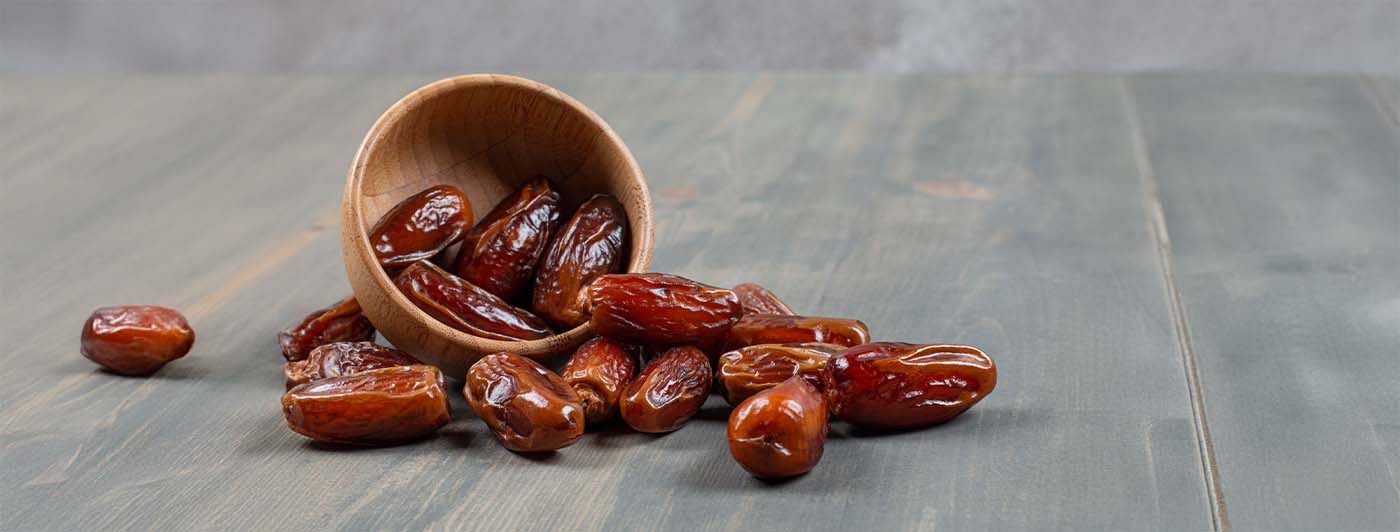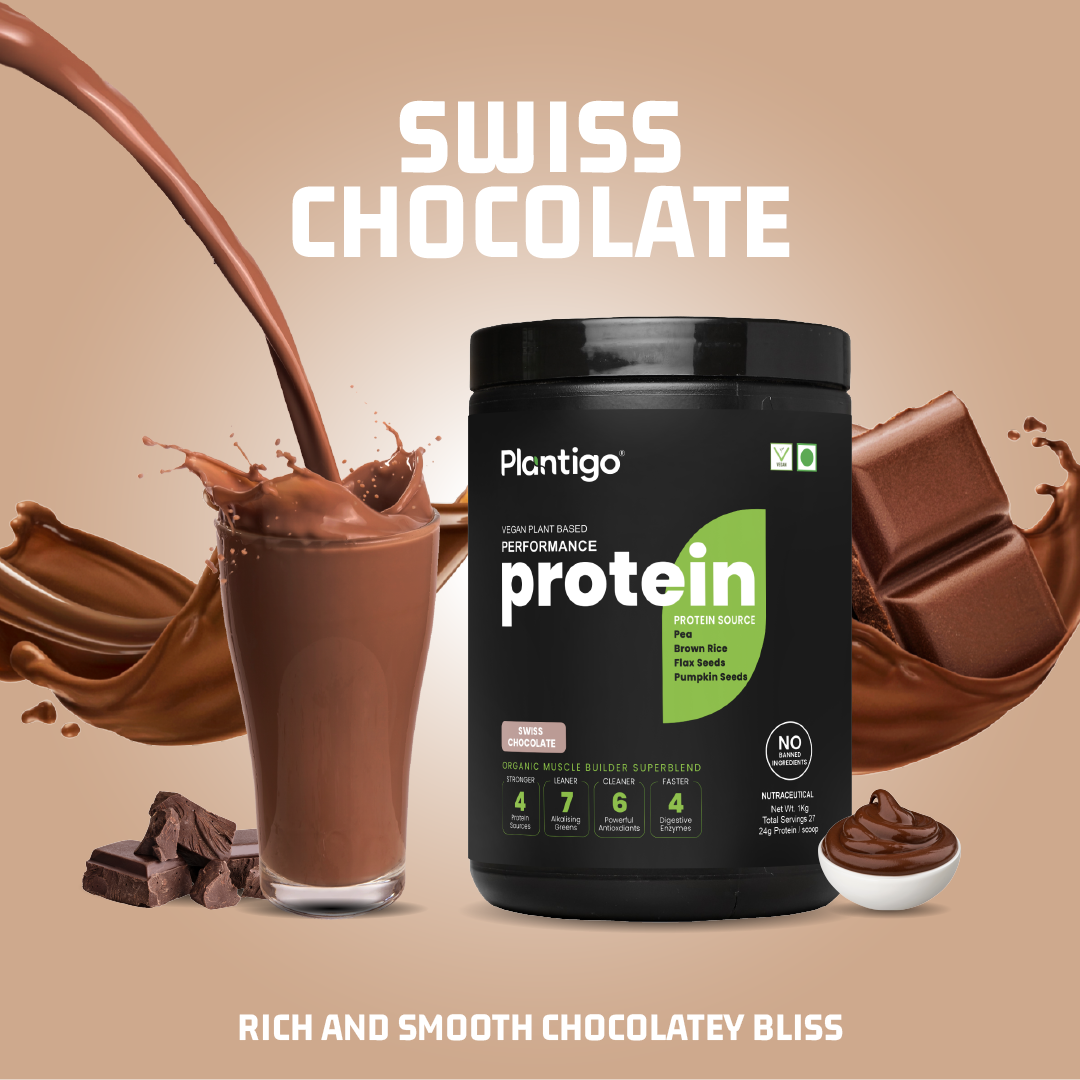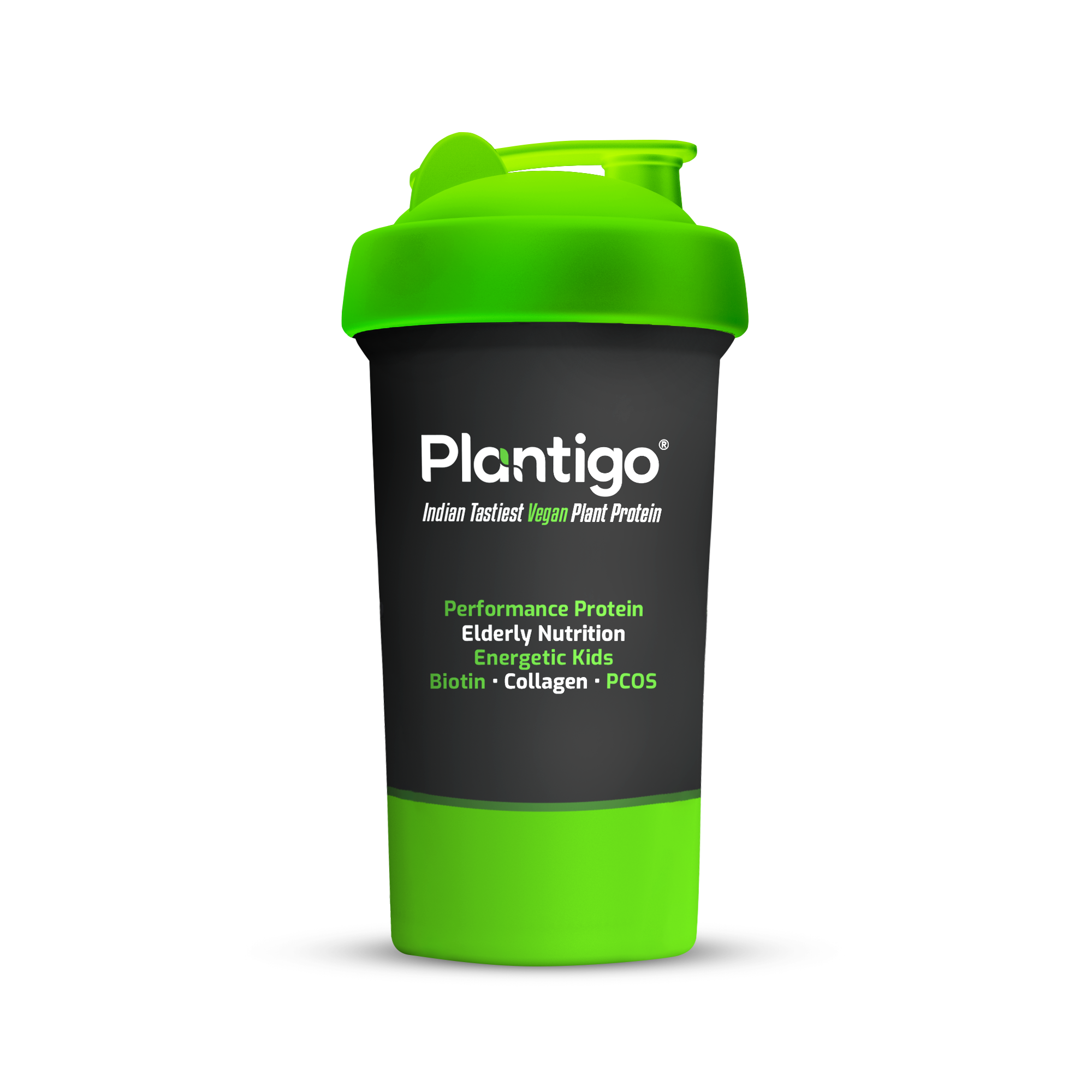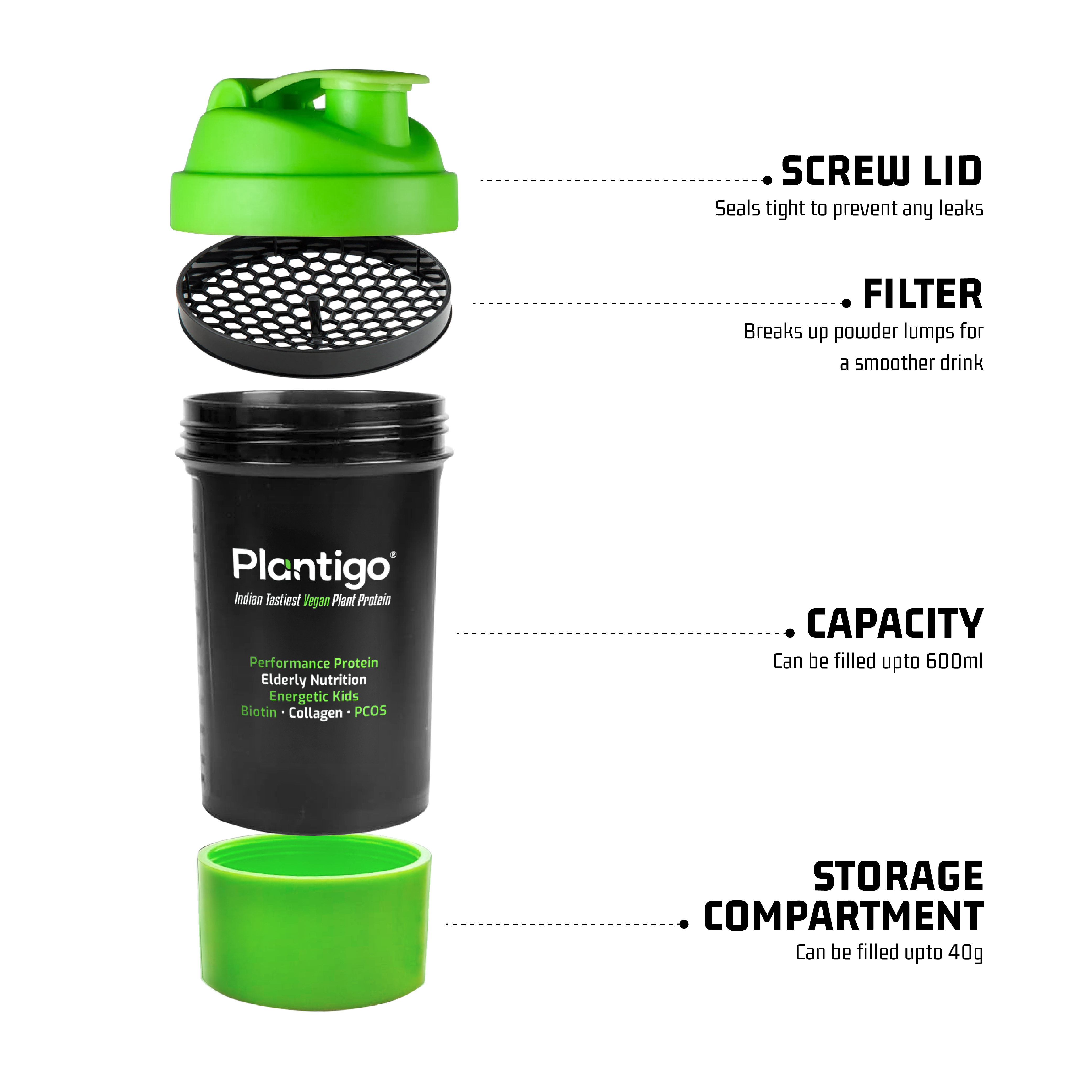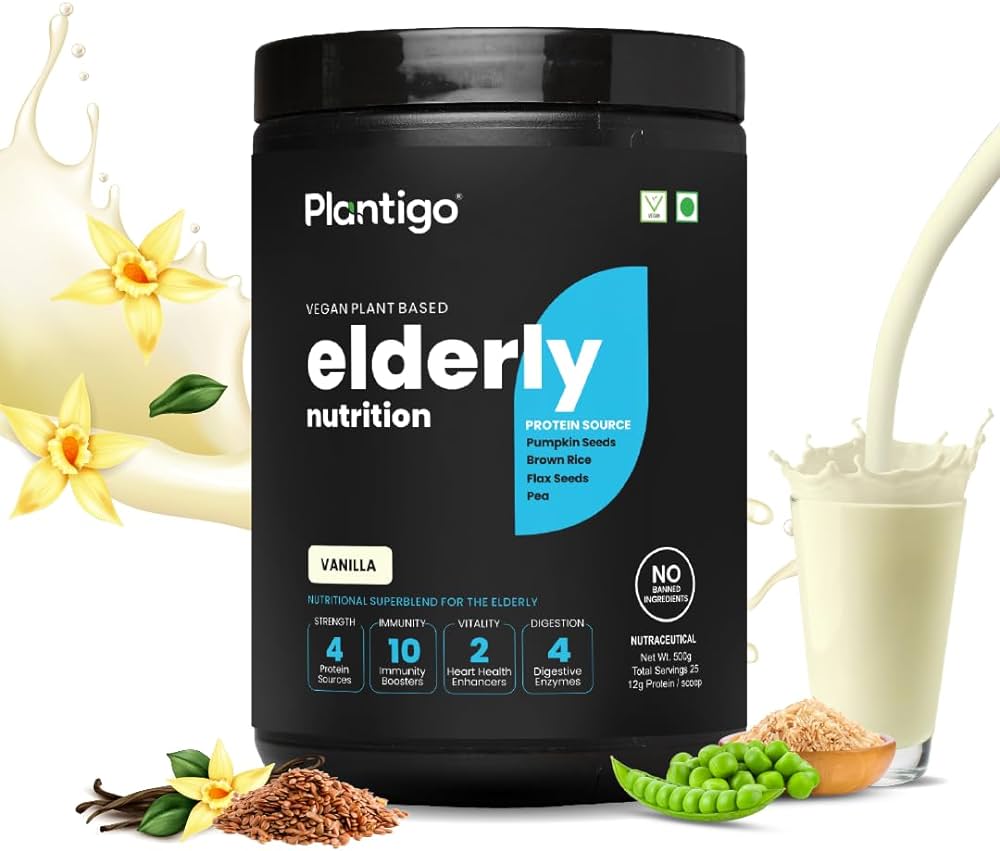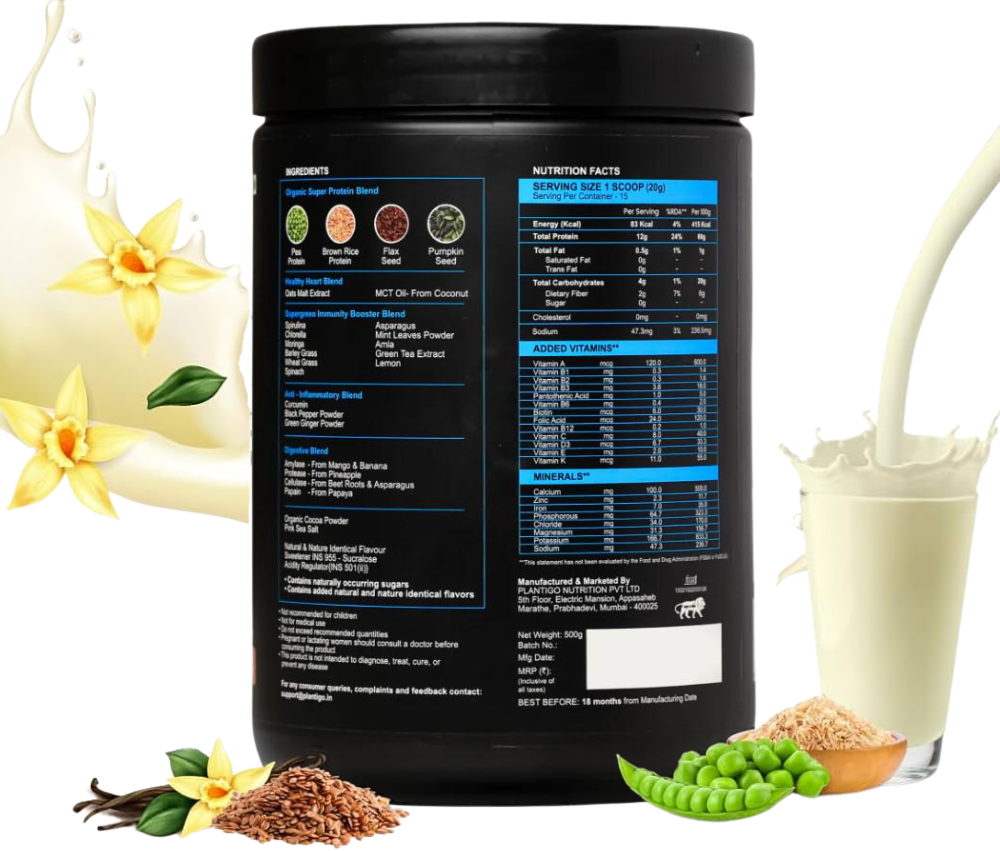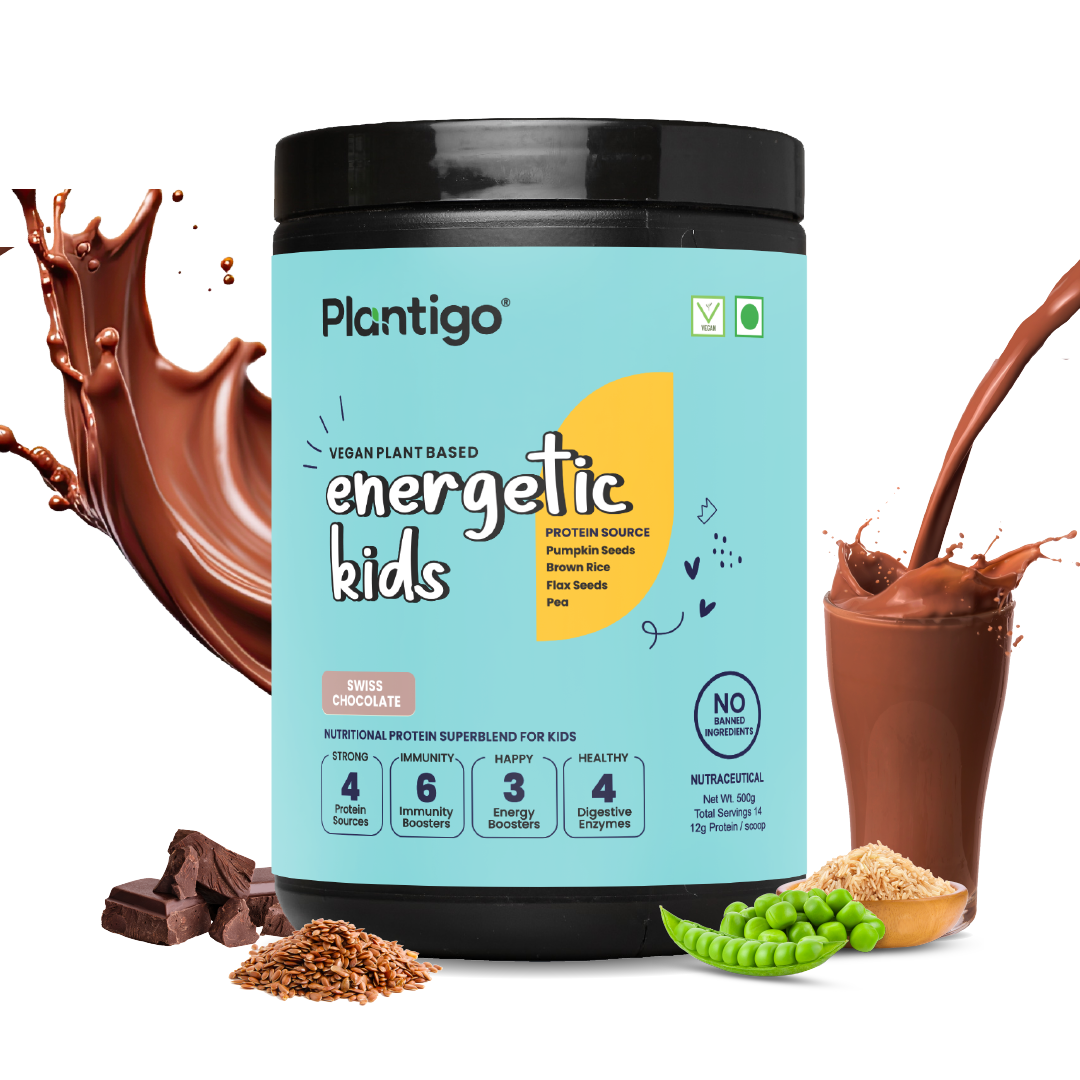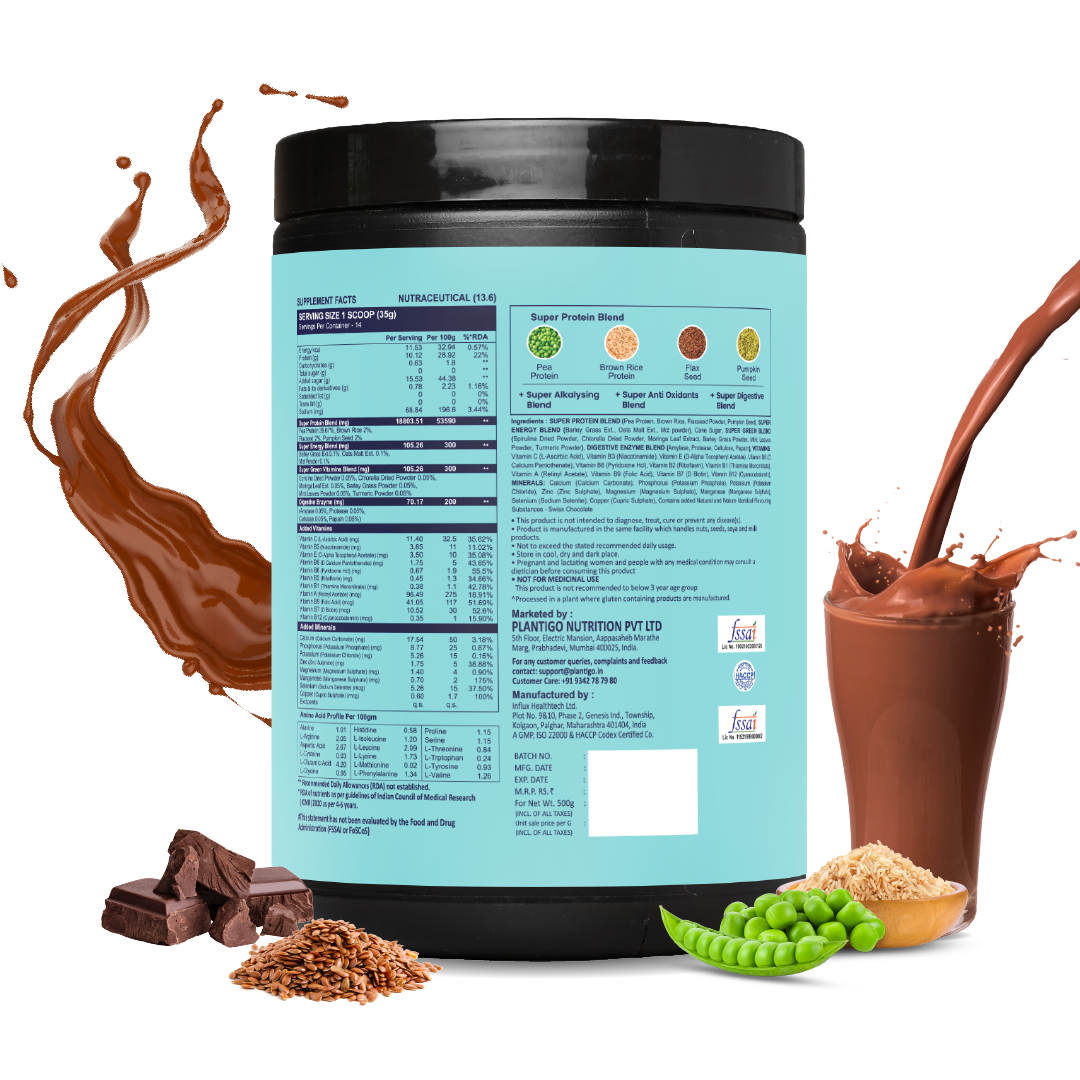Ever wonder why some people in the gym seem to transform their bodies in months while others barely see progress? The difference often comes down to structure and consistency. If you’re serious about building muscle and strength, a 6 day gym workout schedule can be one of the most effective ways to maximize progress. Training six days a week allows you to hit each muscle group with enough intensity and volume while still giving your body adequate recovery.
Alongside proper training, nutrition—whether from traditional sources or plant protein options like lentils, chickpeas, and quinoa—plays a critical role in fueling recovery and growth. Whether you’re a beginner looking for structure or an advanced lifter chasing new personal records, this guide will walk you through the science, structure, and strategy behind an optimized 6-day plan.
Why Choose a 6 Day Gym Workout Schedule?
A 6 day gym workout schedule is ideal for lifters who want to prioritize hypertrophy (muscle growth) and strength gains without long gaps between training sessions. Unlike 3–4 day splits, this schedule gives you the flexibility to target each muscle group twice a week—one heavy day and one accessory/volume day.
Key benefits include:
-
Higher Training Volume: Essential for hypertrophy, as more sets and reps lead to greater mechanical tension.
-
Balanced Recovery: Each muscle group gets 48–72 hours of rest before being trained again.
-
Strength & Size Synergy: Heavy lifts on certain days and higher reps on others create a powerful blend of strength and growth stimulus.
-
Consistency & Routine: Training six days a week builds discipline, structure, and habits that carry over beyond the gym.
Principles of Muscle Gain and Strength Training
Before jumping into the actual 6 day gym workout schedule, let’s establish the principles:

-
Progressive Overload – Continuously increase weights, reps, or intensity to challenge muscles.
-
Compound Movements First – Prioritize big lifts (squat, bench, deadlift, overhead press, pull-ups) before isolation exercises.
-
Varied Rep Ranges – Strength thrives in 3–6 reps, while hypertrophy thrives in 8–12 reps. Both should coexist.
-
Nutrition & Recovery – Muscle doesn’t grow in the gym but in recovery. Adequate sleep, hydration, and diet are critical.
The Optimal 6 Day Gym Workout Schedule
Below is a structured 6-day split focusing on both size and strength:
|
Day |
Focus |
Primary Exercises |
Rep Range |
|
Day 1 |
Chest + Triceps (Heavy) |
Bench Press, Incline Dumbbell Press, Dips, Skull Crushers |
4–6 for compounds, 8–10 for isolation |
|
Day 2 |
Back + Biceps (Heavy) |
Deadlifts, Pull-Ups, Barbell Rows, Barbell Curls |
4–6 for compounds, 8–12 for isolation |
|
Day 3 |
Legs (Heavy) |
Squats, Romanian Deadlifts, Leg Press, Calf Raises |
4–6 for compounds, 10–12 for isolation |
|
Day 4 |
Chest + Shoulders (Volume) |
Incline Press, Dumbbell Shoulder Press, Lateral Raises, Push-Ups |
8–12 |
|
Day 5 |
Back + Arms (Volume) |
Lat Pulldown, Seated Rows, Face Pulls, Hammer Curls, Rope Pushdowns |
8–12 |
|
Day 6 |
Legs (Volume) |
Front Squats, Lunges, Hip Thrusts, Leg Curls |
8–12 |
|
Day 7 |
Rest |
Recovery, stretching, mobility |
– |
This 6 day gym workout schedule alternates heavy strength-focused days with volume-based hypertrophy days. Together, they provide the perfect balance for growth.
Tips for Maximizing Results with a 6 Day Gym Workout Schedule
-
Warm Up Properly – Spend 5–10 minutes mobilizing joints and activating muscles.
-
Track Progress – Use a training log to record weights, reps, and sets.
-
Rest Between Sets – Take 2–3 minutes for heavy lifts, 60–90 seconds for isolation work.
-
Use Proper Form – Technique > Ego lifting. Progress comes from consistency, not shortcuts.
-
Incorporate Deloads – Every 6–8 weeks, reduce intensity to allow full recovery.
Nutrition to Support a 6 Day Gym Workout Schedule
Even the best 6 day gym workout schedule will fail without proper nutrition. Here’s how to fuel your body:
Macronutrient Guidelines
-
Protein: 1.6–2.2 g per kg body weight.
-
Carbs: 4–7 g per kg body weight for energy and recovery.
-
Fats: 20–30% of total calories, focusing on healthy fats.
Sample High-Protein Foods
-
Chicken, fish, eggs, dairy
-
High protein Indian food like paneer, lentils, and chickpeas
-
Plant protein sources like quinoa, chia seeds, and legumes
Micronutrient Focus
-
Vitamin B12 vegetables alternatives are limited, so vegetarians should consider fortified foods or supplements.
-
Vitamin D foods for vegetarians include fortified milk, mushrooms, and cereals, though sunlight remains the best source.
-
Iron rich foods vegetarian options include spinach, pumpkin seeds, and lentils. Pair with vitamin C for better absorption.
Example Meal Plan for a Muscle-Building Day
|
Meal |
Example Foods |
Nutritional Focus |
|
Breakfast |
Oats with banana, peanut butter, chia seeds |
Carbs + Healthy fats |
|
Snack |
Greek yogurt with berries (antioxidant rich foods) |
Protein + Antioxidants |
|
Lunch |
Rajma curry + brown rice + salad |
Complex carbs, rajma protein per 100g (~24g) |
|
Snack |
Smoothie with spinach, mango, and plant based protein powder |
Protein + Micronutrients |
|
Dinner |
Grilled paneer + quinoa + stir-fried vegetables |
Balanced protein + fiber |
|
Pre-bed |
Warm soy or almond milk |
Protein + recovery |
Notice how this aligns with the 6 day gym workout schedule—nutrients are spread throughout the day to support muscle repair and growth.
Supplementation Considerations
While whole foods should form the base of your nutrition, supplements can help optimize results:
-
Plant protein powder – Convenient option post-workout.
-
Creatine – Proven to increase strength and muscle volume.
-
Omega-3s – Support joint health and reduce inflammation.
-
Multivitamin – Covers gaps, especially in vegetarian diets.
If you’re confused about whether you’re getting enough protein, a protein intake calculator can estimate your daily needs based on weight, activity, and goals.
Rest and Recovery: The Hidden Factor
One of the most overlooked aspects of following a 6 day gym workout schedule is recovery. Without proper rest, your body cannot adapt and grow.
-
Sleep: Aim for 7–9 hours of quality sleep. Growth hormone is released at night.
-
Active Recovery: Include light yoga, stretching, or walking on rest days.
-
Hydration: Muscles are 75% water; dehydration reduces performance.
Tracking Progress: Beyond the Mirror
While muscle size and strength are the primary goals, it’s important to monitor different metrics:
-
Strength Levels – Are your squat, bench, and deadlift numbers improving?
-
Body Composition – Use DEXA scans, calipers, or simple waist measurements.
-
Endurance – Notice if you recover faster between sets.
-
Well-Being – Increased energy, confidence, and mood are signs of progress.
Additional Health Boosters for Gym-Goers
Outside of training and macros, your nutrition should include nutrient-dense options that support overall health:
-
Guava nutritional value is impressive, offering more vitamin C than oranges, which helps in collagen synthesis and recovery.
-
Antioxidant rich foods like blueberries, green tea, and dark chocolate reduce oxidative stress from intense workouts.
-
Including these in your diet enhances the benefits of your 6 day gym workout schedule, keeping you energized and healthy.
Common Mistakes to Avoid in a 6 Day Gym Workout Schedule
-
Overtraining – Training six days doesn’t mean pushing to failure every session.
-
Neglecting Diet – You can’t out-train poor nutrition.
-
Skipping Warm-ups – Increases risk of injury and reduces performance.
-
Ignoring Weak Points – Don’t just train what you like; balance is key.
-
Lack of Patience – Building muscle is a marathon, not a sprint.
A Balanced Lifestyle with Training
A 6 day gym workout schedule should integrate into your lifestyle, not dominate it. Pairing your workout plan with mindful eating, stress management, and rest ensures long-term sustainability. For vegetarians and vegans, combining iron rich foods vegetarian with vitamin C sources, incorporating vitamin d foods for vegetarians, and experimenting with the best plant based protein options helps cover all nutritional bases.
Final Thoughts
A structured 6 day gym workout schedule offers an excellent pathway for anyone serious about muscle gain and strength. By combining heavy compound lifts, hypertrophy-focused volume work, a nutrient-rich diet, and adequate recovery, you create the conditions for steady and measurable progress.
Think of your fitness journey as an ongoing cycle: train hard, fuel smart, recover well, and repeat. Nutrition is just as important as training—and choosing clean sources like lentils, beans, or a trusted Plantigo plant protein can make it easier to meet your daily targets without compromise.
With the right plan, you won’t just build muscle—you’ll build a stronger, healthier, and more resilient version of yourself. So, don’t just hit the gym—commit to the process, track your progress, and fuel your body with the best choices to power every rep.
FAQs on 6 Day Gym Workout Schedule
1. Is lifting weights six days a week too much?
A 6 day gym workout schedule is not too much if it’s structured correctly. By rotating muscle groups, balancing heavy and volume days, and allowing 48–72 hours recovery for each muscle, you can train six days safely while maximizing muscle gain and strength.
2. Who benefits most from a 6 day gym workout schedule?
A 6 day gym workout schedule is best for intermediate and advanced lifters who already have a training foundation. It provides high volume and frequency, making it ideal for people who want faster hypertrophy and strength progress. Beginners should start with fewer days before advancing.
3. How long should you follow a 6 day split before seeing real results?
Most lifters notice strength and size gains within 8–12 weeks of a 6 day gym workout schedule. Staying consistent with progressive overload, proper nutrition, and recovery is essential to sustain results. After this period, a deload week helps reset the body for continued growth.
4. Are workouts supposed to be long with this schedule?
Workouts in a 6 day gym workout schedule don’t need to be long. Sessions of 45–60 minutes with a focus on compound lifts and a few accessory movements are enough to stimulate muscle growth and strength without overtraining.
5. What if I miss a day or fall off routine? Is the schedule ruined?
Missing a day in a 6 day gym workout schedule won’t ruin your progress. Simply pick up where you left off or adjust the plan by shifting or combining workouts. Consistency over weeks and months matters more than perfection every day.



